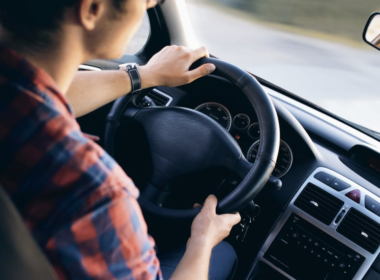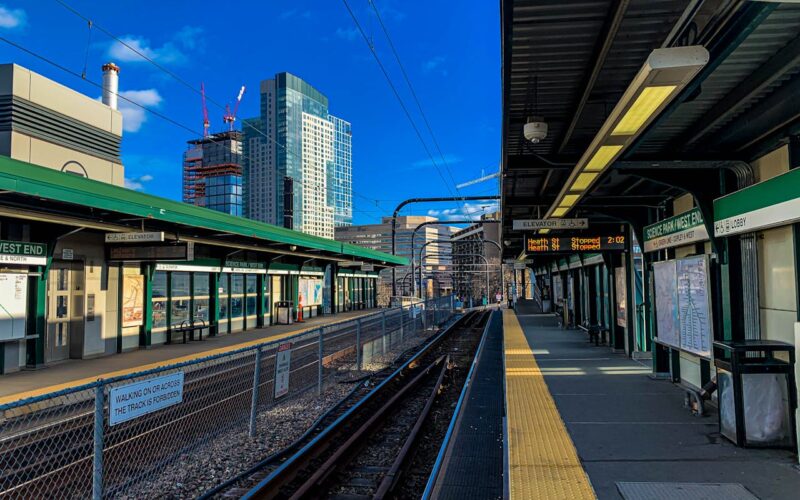Boston has a rhythm that makes walking, cycling, or using public transportation part of daily life. The city’s compact layout, dense neighborhoods, and efficient transit system support independence from car ownership. For many residents, embracing a carless commuter life in Boston means enjoying freedom from traffic, parking stress, and high vehicle costs. With proper planning and awareness, you can move easily through the city, reach work or school on time, and still have energy for the things you enjoy most.
Navigating Boston’s Transit System with Ease
Boston’s public transportation system, known as the MBTA or “the T,” connects nearly every neighborhood, making relocation easier for newcomers. Using the subway, buses, ferries, or commuter rail helps you quickly understand what it’s like to live in Boston without a car. You see daily routines unfold—students rushing to class, workers reading on the train, and neighbors greeting each other at stops.
Using a CharlieCard makes paying fares simple and affordable. It offers lower rates compared to single tickets and can be reloaded at any station. Mobile payment options on the commuter rail and ferries simplify transfers between routes.
Peak hours often bring congestion, but traveling outside 7–9 a.m. and 4–6 p.m. usually saves time. Checking the MBTA schedule before leaving helps avoid long waits. Apps such as Transit or Citymapper give real-time updates and route suggestions.
The MBTA also prioritizes accessibility with elevators, ramps, and clear signage across most stations. Seniors, students, and people with disabilities can apply for reduced-fare passes. These features ensure everyone stays connected, making car-free living in Boston both practical and convenient.
Walking: Boston’s Original Commute
Boston’s design encourages walking as a normal part of life. Distances between neighborhoods are short, and sidewalks are wide and well-maintained in most areas. Walking is often faster than driving through downtown traffic. It helps you stay healthy and connected to your surroundings.
Neighborhoods such as Back Bay, Beacon Hill, and the North End are ideal for walking. Each area offers distinct architecture and easy access to cafes, stores, and parks. Walkers enjoy the mix of residential comfort and commercial convenience that defines the city’s layout.
In line manner, pedestrian apps help plan safe and efficient routes. They also display crowd levels and street lighting, which is helpful during winter evenings. Wearing reflective clothing during darker months improves safety. In winter, be cautious of ice near curbs and building entrances.
Walking builds fitness naturally while saving money on transportation. You can use these daily routes to clear your thoughts and connect with your surroundings. Many long-time residents say walking helps them feel more rooted in Boston’s energy.
Pedal Power: The Rise of Bike Culture
Cycling has become a strong part of daily transportation in Boston. The Bluebikes sharing program allows residents and visitors to rent bikes at stations placed across the city. Annual or monthly memberships cost less than weekly public transit passes for many users. And if you want to go one step beyond, there’s also the option of electric bikes and scooters.
Dedicated bike lanes have expanded in recent years. The city has worked to improve safety through protected lanes and clear road markings. These updates encourage more people to cycle without fear of traffic.
Above all, reflective gear and helmets are essential for safety. Evening riders should use lights on both the front and rear of their bikes. Local repair shops offer quick tune-ups and gear checks, keeping your bicycle in good shape through all seasons.
Cycling saves both time and money. In congested areas, a short bike trip can beat car travel easily. Many employers in Boston provide indoor bike racks or showers to support workers who ride to work. Cycling creates freedom from schedules and builds fitness while reducing your carbon footprint.
Making the Most of Public Spaces and Shared Mobility
Shared mobility reshapes movement in Boston. Zipcar and Turo offer short-term rentals for errands or weekend trips without ownership costs. E-scooters and electric bikes provide flexible connections between train stations and nearby areas. Park-and-ride lots near transit hubs help reduce downtown congestion by combining short drives with public transport.
In addition, community mobility hubs across the city support car sharing, bike rentals, and charging stations. Together, these options make commuting practical, sustainable, and accessible, proving that getting around Boston efficiently doesn’t require owning a car.
Commuter Life in Boston when Balancing Work, Errands, and Leisure
Managing work, errands, and free time without a car is simpler than many expect. Flexible work hours and hybrid options reduce rush-hour strain, making daily routines smoother. Grocery delivery and neighborhood markets cover essentials easily, while nearby co-working spaces save commuting time.
Trip planning apps likewise help link errands efficiently, cutting backtracking and wasted effort. For leisure, museums, theaters, and waterfront parks are all reachable by subway or bus. Weekend trips to places like Salem or Cambridge are quick by commuter rail, proving that Boston supports a full, active lifestyle without the need for driving.
Budgeting and Lifestyle Benefits of Going Car-Free
Living without a car in Boston can save thousands of dollars yearly. Car ownership includes expenses for fuel, insurance, maintenance, and parking. Many people realize they can use that money for travel, better housing, or education.
A monthly MBTA pass costs far less than car-related expenses. For instance, a LinkPass covering unlimited subway and bus rides costs around $90 per month. Compare that to parking fees that can exceed $300 in some garages. This is particularly useful for people with more disadvantages, such as the elderly or disabled.
Beantown also supports environmental goals by reducing car use. Fewer vehicles on the road mean cleaner air and less noise. Walking, cycling, and public transport support a more sustainable lifestyle and improve public health.
Many who embrace commuter life in Boston say losing the car brought unexpected freedom. They have more time for family, less financial stress, and a stronger connection to their surroundings. Living car-free simplifies routines and often increases daily satisfaction.
The Bottom Line
Boston proves that convenience doesn’t always depend on owning a vehicle. The public transportation network, safe walking paths, and cycling routes create practical alternatives for daily travel. Shared mobility adds flexibility for occasional trips, while strong communities support sustainable choices. Embracing commuter life in Boston means choosing freedom, health, and smarter living. With thoughtful planning and openness to change, you can enjoy every part of the city without needing a car.









Choosing the right commercial canopy for events is crucial for maximizing ROI. It’s not just about shade but also enhancing engagement.